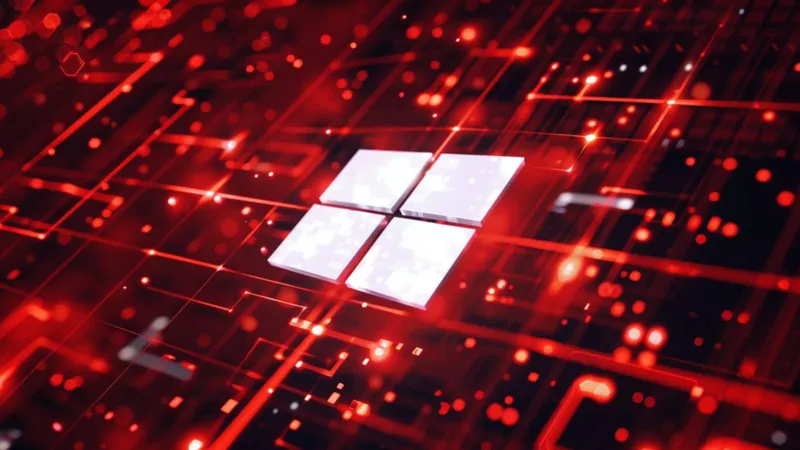
Revolutionary Portable Spectrophotometer Paves the Way for Real-Time Strawberry Shelf Life Prediction
2024-11-13
Author: Mei
Introduction
A groundbreaking development from the University of Cordoba is set to change the landscape of food quality assurance. Researchers have unveiled an innovative tool that guarantees optimal quality for strawberries while combating significant food waste. With the staggering figure of 930 million tons of food wasted yearly worldwide, as reported by the UN in 2019, strategies to reduce this waste have become urgent. A staggering 8 to 10% of greenhouse gas emissions stem from food waste, prompting governments and research communities alike to take action.
The Innovative Technology
Engineered by an expert team including Laura Rabasco, Francisco Jiménez, Arícia Possas, and Fernando Pérez from the HIBRO research group, this new method leverages non-destructive technology to predict the shelf life of strawberries in real time. Their findings have been published in the esteemed journal Postharvest Biology and Technology.
Methodology
"We set out to create an index to evaluate strawberry quality using non-invasive techniques," said researcher Jiménez. The method employs Near-Infrared Spectroscopy (NIRS), which utilizes reflected light to assess both physicochemical properties—like firmness and weight loss—and microbiological parameters of strawberries, all without causing any harm to the fruit.
The Spectrophotometer
At the heart of this innovation is a portable spectrophotometer, capable of analyzing both visible and infrared spectra. Over the course of the study, the researchers evaluated quality indicators—including color, texture, and microbial quality—every three days as strawberries were stored at various temperatures.
Data Analysis and Predictions
The resulting data allowed the team to construct mathematical models integrated into the Cloud, enabling predictions about the strawberries' shelf life based on the parameters measured by the spectrophotometer. "We experimented with storage temperatures ranging from 5 to 35 degrees Celsius, with the intention of applying this technique throughout the supply chain to extend shelf life," Rabasco elaborated.
Advantages Over Traditional Methods
Unlike traditional physical-chemical and microbiological assessments, which can damage the fruit and take time for results, this advanced technology allows for instant analysis. Retailers can make proactive decisions about product availability and pricing in real time, tailoring supermarket offerings dynamically to reflect the shelf life of their strawberries.
Conclusion
"This digital innovation utilizes data collected via the spectrophotometer, which is then sent to the Cloud for processing. This information facilitates real-time decision-making within logistics chains and serves as a powerful tool to minimize food waste," Pérez noted.
Future Implications
As strawberries are a popular and often-perishable fruit, this technology could have far-reaching implications not only for the strawberry industry but for other fruits and vegetables as well. It offers an exciting glimpse into a future where technology and sustainability go hand in hand, providing consumers with fresher produce while drastically reducing the global food waste crisis.



 Brasil (PT)
Brasil (PT)
 Canada (EN)
Canada (EN)
 Chile (ES)
Chile (ES)
 España (ES)
España (ES)
 France (FR)
France (FR)
 Hong Kong (EN)
Hong Kong (EN)
 Italia (IT)
Italia (IT)
 日本 (JA)
日本 (JA)
 Magyarország (HU)
Magyarország (HU)
 Norge (NO)
Norge (NO)
 Polska (PL)
Polska (PL)
 Schweiz (DE)
Schweiz (DE)
 Singapore (EN)
Singapore (EN)
 Sverige (SV)
Sverige (SV)
 Suomi (FI)
Suomi (FI)
 Türkiye (TR)
Türkiye (TR)